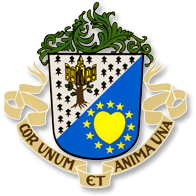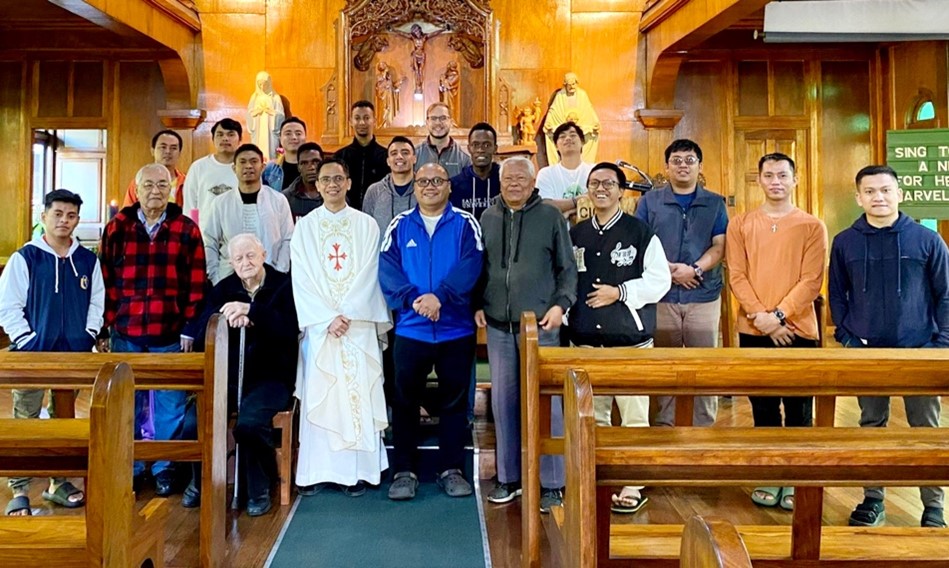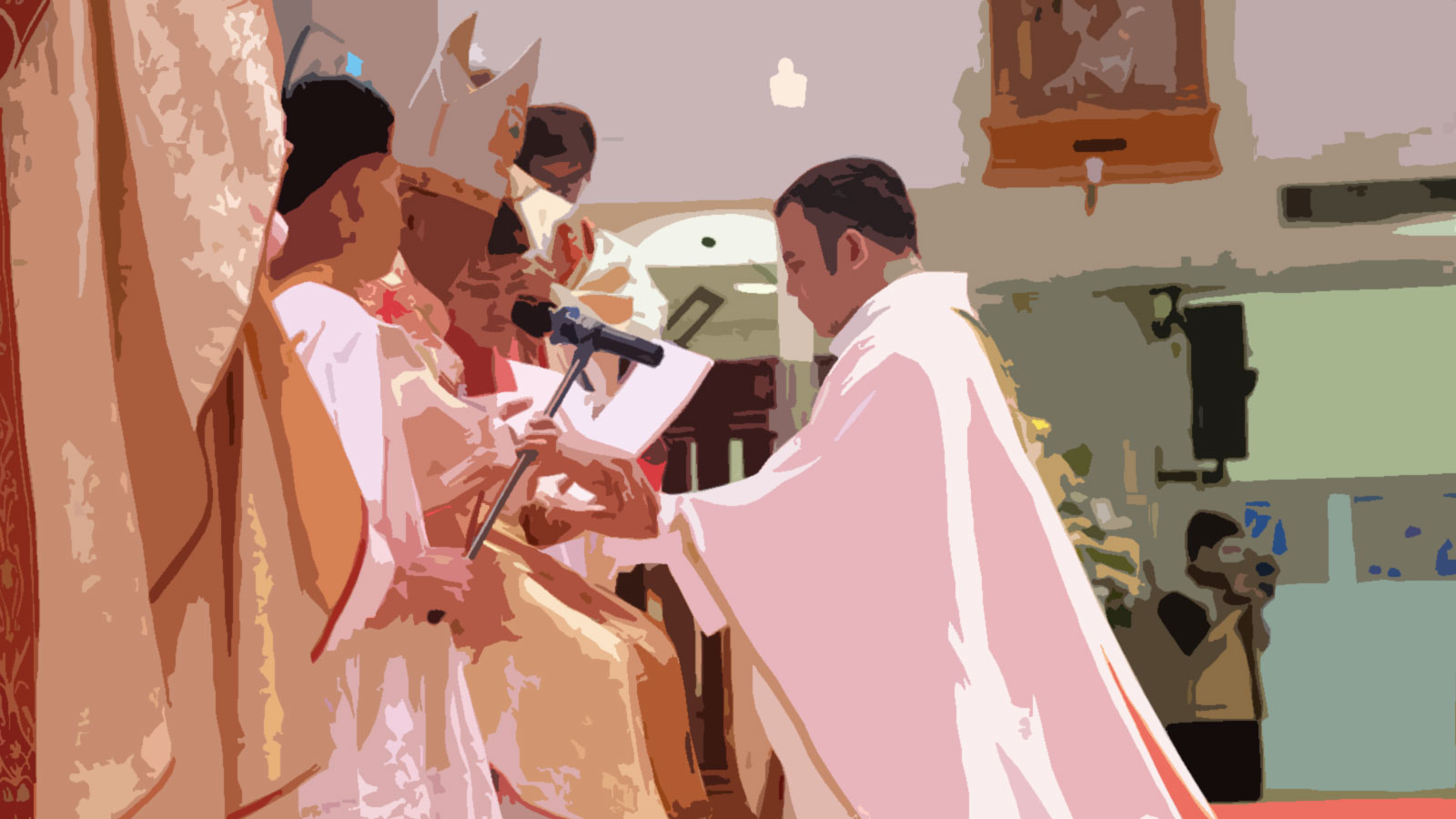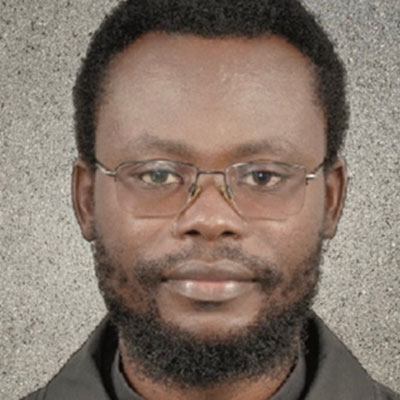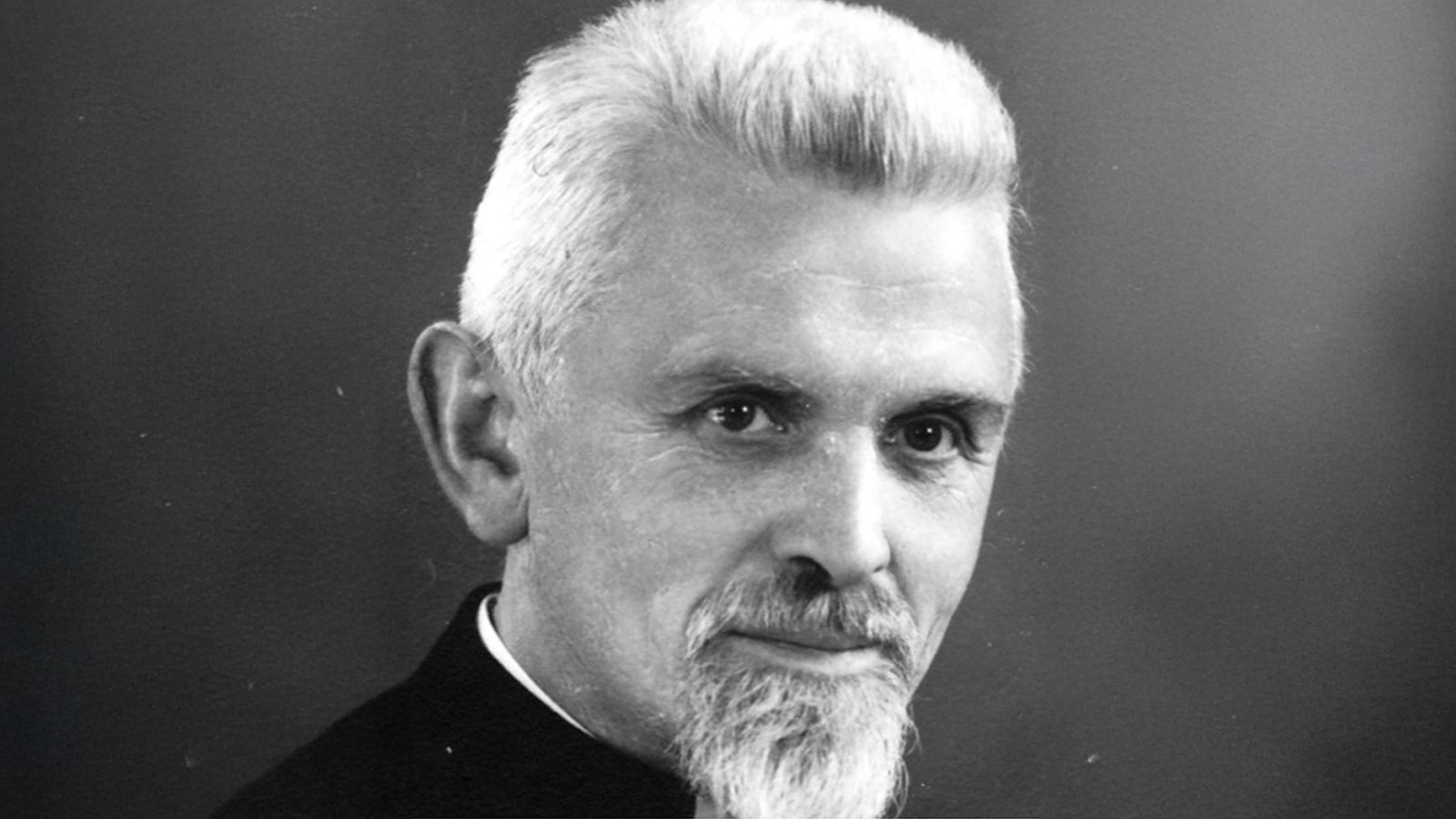
Franck Tchiengang, cicm
Student in Cameroon
Initial Formation Following the 16th CICM General Chapter: An Unfolding Experience for a Changing World
At the 16th CICM General Chapter held in Rome from June 4 to 30, 2023, the attendees discussed the topic of initial formation. Although no specific memo was dedicated to this subject, it is noteworthy that the General Pre-capitular Commission ensured its inclusion in the Chapter's agenda, recognizing its importance for the various provinces. It has been almost a year since the conclusion of the 16th General Chapter, and it remains to be seen how the recommendations and exhortations related to initial formation in CICM houses of formation have been received.
Intercultural Living in the “Communauté Internationale de Formation en Afrique (CIFA)” after the 16th CICM General Chapter
As per recommendation 8 of the Acts of the 16th CICM General Chapter, the CIFA included talks on interculturality or aspects of intercultural living in its annual strategic plan. These discussions help us to embrace multiculturality as a valuable gift and view our differences as a source of richness. They also enable us to appreciate the benefits of multiculturality while being aware of the challenges we may face.
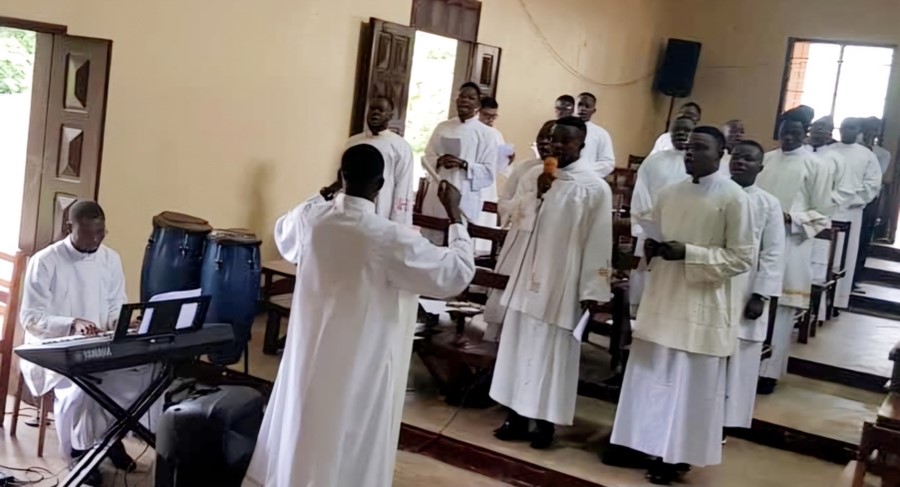
The Joys
Liturgical celebrations in our community bring great joy to our confreres. We use different languages in our liturgies which provide a unique spiritual experience. From the Gloria chant in Lingala to the Communion song in Ewondo and the Agnus Dei in Creole, each liturgical celebration is a source of great joy. Our refectory is another source of joy, where delicious dishes from different cultures delight the bellies of our confreres. This culinary variety, which we experience particularly during the celebration of the independence festivities of the various countries represented at the CIFA, delights the taste buds of all and prepares us to acquire a “missionary belly.”
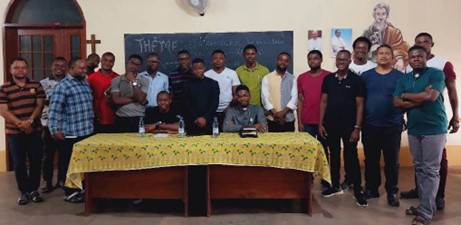
The Challenges
Intercultural life at CIFA is a beautiful gift from God, but it also comes with some challenges that can be overcome. One of these challenges is the tendency to compare cultures and make others believe that our culture is superior. It can lead to frustration or even harm to others. Another challenge is the language barrier. Many of our fellow students struggle with the local language, Ewondo, which limits their ability to communicate with the people in the host village.
Reception of the Exhortation for Intercultural Living
The CIFA has been good in implementing exhortation 4 of the Acts of the General Chapter, which deals with interculturality in the formation communities and the selection of formators. For this academic year 2023-2024, the CIFA has welcomed students from six different nationalities, from the Philippines, Zambia, Indonesia, Haiti, Cameroon, and the DR Congo. This diversity is also reflected in the team of formators, which includes an Indonesian and a Cameroonian. The CIFA's diverse composition provides ample opportunities for intercultural experiences.
CIFA and social media: Positive Points and Challenges in the Light of the Proceedings of the 16th CICM General Chapter
Starting from the 2021-2022 academic year, CIFA has been installed with a high-speed fiber optic internet connection. This technological advancement enables the community, especially the students, to be more connected with the evolving and globalizing world. Connecting your smartphone or laptop to your room is convenient, but it also comes with its fair share of risks.

The Impact of Internet Connection on Academic Performance
If I had to give an opinion on the subject, I would say that it wasn't easy to do academic research before fiber optics were installed in our community. Of course, we already had an Internet connection by modem, but it was unstable and slow. The new fiber optic connection makes it easier for us to research. We can quickly consult digital libraries and watch online courses. All these greatly enrich the quality of our academic work.
Social Networks: An Enemy for CIFA Student Confreres?
Acknowledging the positive role of social networks in our community is important. A great example of this is the existence of a WhatsApp group for CIFA students. This internal digital channel allows us to receive communications and digital documents from the Congregation (Chronica, provincial newsletters, etc.), making it easier to circulate information within our “common home.” However, social networks can also have negative consequences for student confreres. They can become "digital hermits," constantly staying in their rooms to communicate with the outside world. It can cause serious integration problems, not only within the community but also in the apostolate. Additionally, they can absorb the attention of confreres to the point of making them physically present but absent. Finally, the time spent on social networks can positively impact studies, explicitly leading to the late submission of research work.
Upon re-reading my experience of initial formation in the context of the 16th General Chapter, I find it to be a source of personal growth. If the recommendations and exhortations of the Acts of the 16th CICM General Chapter are implemented progressively, CICM Formation Communities can train effective missionaries who can respond to the challenges of today's world. To achieve this, each Formation Community and each student confrere would benefit from regularly evaluating their annual journey based on the recommendations and exhortations of the 16th CICM General Chapter regarding initial formation. Ultimately, what is important is to abide consistently and to move forward.


